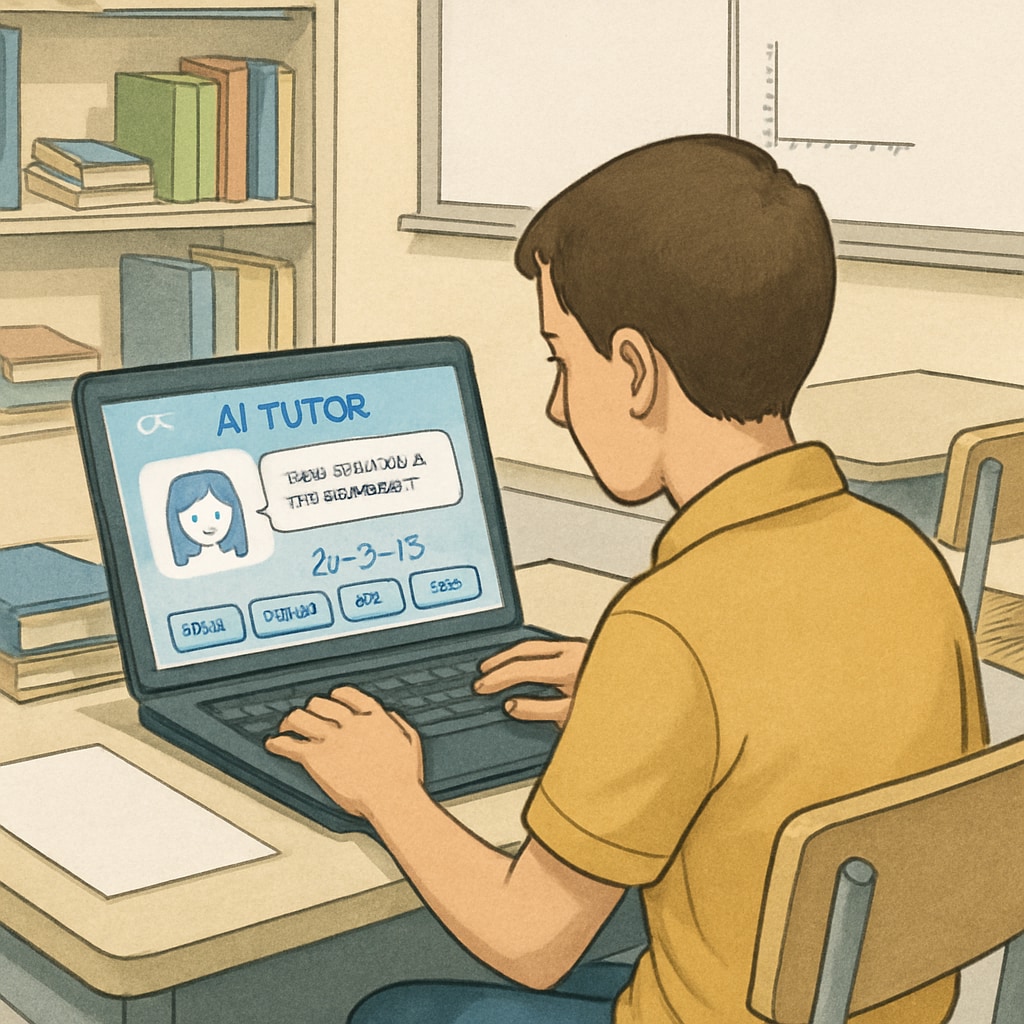The rapid adoption of AI tools in education has revolutionized how students approach assignments, creating both opportunities and challenges. While these tools offer innovative ways to learn, educators face the pressing issue of maintaining academic integrity. As detection software comes into play to identify AI-generated work, balancing its cost and effectiveness becomes a critical concern for schools globally.
The Double-Edged Sword of AI Tools in Education
AI tools such as OpenAI’s ChatGPT and Grammarly have empowered students to streamline their academic tasks, offering benefits like quick access to information and improved writing quality. However, their misuse raises ethical concerns, especially when students rely on AI to complete assignments without genuine effort or understanding.
For example, AI tools can craft essays or solve complex problems in seconds, which may hinder students’ ability to develop critical thinking and problem-solving skills. Furthermore, the temptation to plagiarize or bypass academic rigor intensifies as AI capabilities grow.

Challenges in Detecting AI-Generated Work
Detecting AI-generated assignments presents a unique challenge for educators. Software like Turnitin and Originality.ai has emerged as popular solutions, capable of identifying content created by AI with considerable accuracy. However, these tools are far from perfect. False positives, evolving AI algorithms, and the constant need for updates make detection software an imperfect solution.
Additionally, the cost of implementing such software can strain school budgets, especially in underfunded districts. Schools must weigh the educational benefits of maintaining academic integrity against the financial burden of detection software subscriptions.

Balancing Education Costs and Effectiveness
The financial implications of integrating AI detection tools are significant. For some institutions, the cost of detection software may lead to a reduction in funding for other essential areas, such as teacher training or classroom resources.
To address these challenges, schools can adopt strategies such as:
- Encouraging in-depth discussions about ethical AI use among students and faculty.
- Using manual verification methods alongside detection software to ensure accuracy.
- Investing in affordable or open-source AI detection options.
Moreover, fostering a culture of academic integrity and critical thinking can reduce reliance on detection tools altogether, creating a more sustainable solution.
Future Directions in AI and Education
As AI continues to evolve, educators must stay ahead of the curve. Collaborations between schools and AI developers could lead to tailored solutions that align with educational values. Additionally, integrating AI literacy into curriculums can help students understand the ethical implications of AI usage, preparing them for a future where AI is ubiquitous.
Organizations like The Institute of Education Sciences and Britannica’s AI resources provide valuable insights into the role of technology in education, emphasizing the importance of striking a balance between innovation and integrity.
In conclusion, while the integration of AI tools in education offers undeniable benefits, educators must address the challenges of maintaining academic integrity and managing education costs. By fostering ethical AI usage and refining detection methods, schools can create an environment where innovation thrives alongside integrity.


